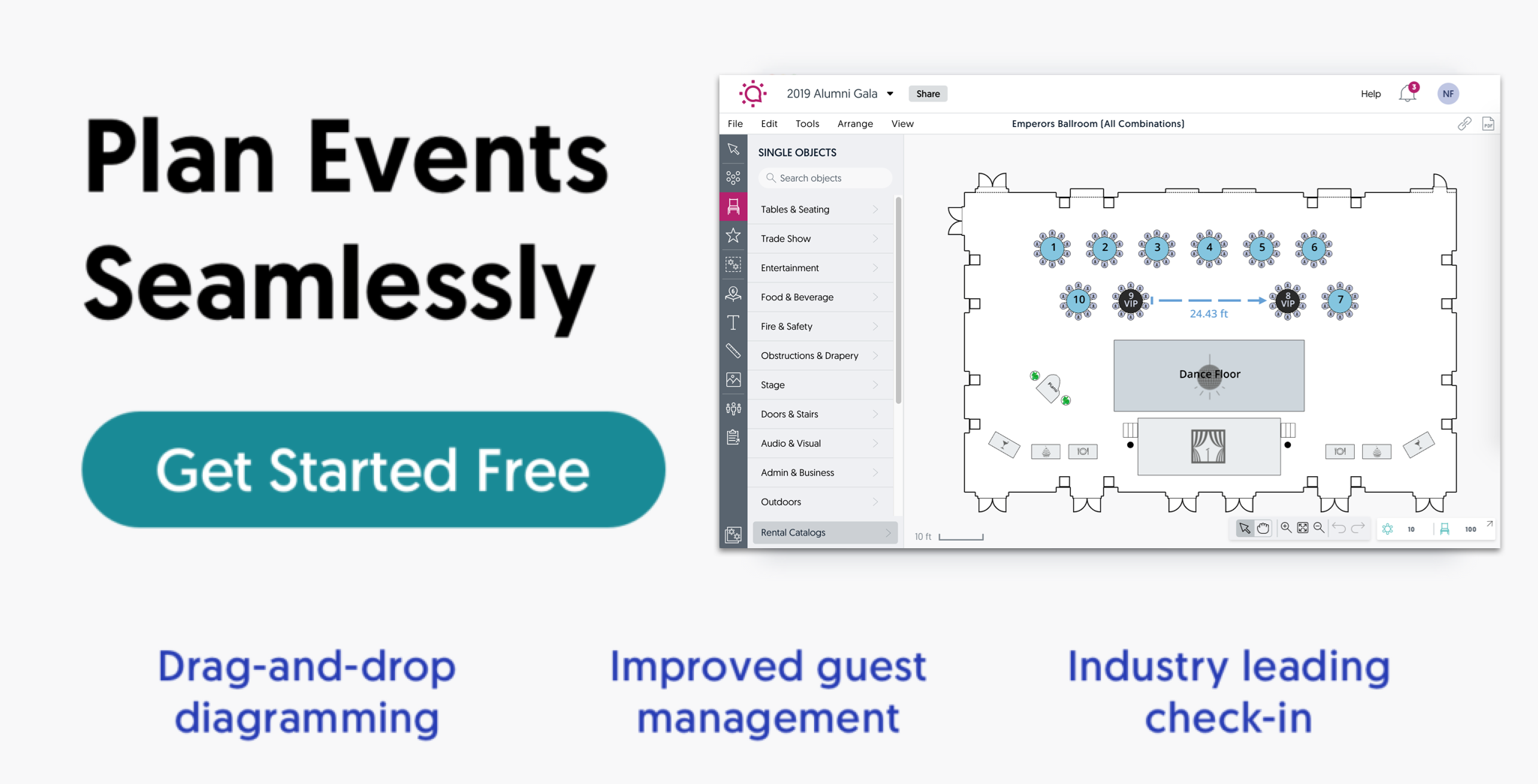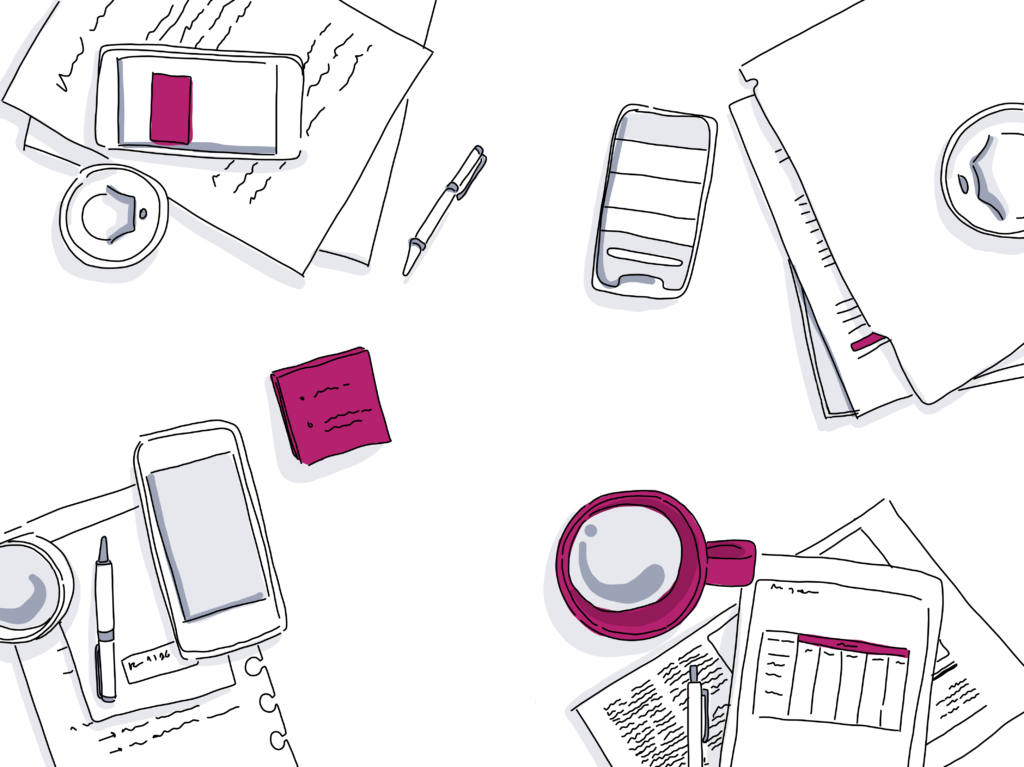
11 Keys to Event Advertising That Drives Your Target Audience to Convert
A successful event isn’t just well-planned, it’s also well-promoted. Because your well-planned event isn’t going to go anywhere if you can’t fill the seats. And since three-quarters of event attendees say they have a more positive opinion about the company, brand, or product after an event (EMI & Mosaic), not promoting means leaving long-lasting brand affinity at the table. Luckily, keeping these 11 keys to event advertising in mind can help you create a plan that drives engagement pre-event and attracts more attendees.
[Tweet “Three quarters of event attendees see a brand more positively after an event.”]

Know your event advertising goals.
Event specialists need to know the client’s or company’s goals and objectives like the back of their hands. That means working with them to define goals early on. Perhaps the goal is to give the additional boost to a fund-raising campaign or to increase brand awareness through experiential marketing. Another aim could also be to improve sales or to present a new product. In each case, your approach to event advertising is going to be different. Your job is to lay this out for the promotional team so that everyone is on the same page.
Hone in on your target audience.
The way you advertise events should be dictated by your target audience, otherwise your marketing efforts are going to fall short of their unique expectations and desires. There are several factors to consider, but these are just a few:
- Age & profession: Is this a large group of aspiring professionals or a smaller group of successful executives?
- Values and interests: Event managers should key in on the different motives that inspire their target audiences. For instance, someone in the engineering space has a very different idea of useful information than someone in brand marketing.
- Lexicon: The industry terms professionals use differ greatly from sector to sector. Make sure that the copy you use in your ad aligns with the language your target audience is comfortable communicating in.

Identify your channels of promotion.
You should define the necessary channels of promotion according to where your audience is spending their time and the budget you have at disposal. Here are the most common solutions:
An email campaign is a must if your client or company has a solid base of subscribers. Just make sure you’re keeping event email best practices in mind.
Social Media
Social networks represent the quickest and cheapest advertising solution, but it’s important to identify your social channels based on your audience and optimize your posts for the channels you choose. For instance, you’re more likely to attract high-level professionals through Linkedin.
PPC Ads
Pay-per-click advertising can cost you quite a bit but it is definitely effective if administered well. Since your paying for each click, make sure that you’re setting up your ad to attract a more qualified audience that is likely to convert.
Content Marketing
Content creation is must in the world of contemporary marketing and you can hardly design a good campaign without it. Event promotion through content marketing relies mostly on blog posts, infographics, and videos, and adds value for your audience before the event even starts.
Influencer Marketing
A marketing campaign that puts influencers at the center can draw large crowds and pre-event excitement, as their followers are more likely to take their word than they are yours.
Offline/Traditional Advertising
Although most of the world has gone online in the last decade, there are still a lot of creative ways to market your event offline as well. Such promotion includes traditional elements like leaflets, posters, billboards, or word-of-mouth marketing.
Mind the timing.
There shouldn’t be anything random about your event advertising strategy. Every single detail of this business has to be perfectly scheduled and executed, which is why timing plays a key role. You need to know who will do which tasks and when it’s the right time to complete them. Luckily, there are plenty of project management tools that can aid you in mapping out your timeline.
You should also give thought to when the right time is to kick things off. You should start your advertising campaign well in advance, and in accordance with how your audience likes to plan.
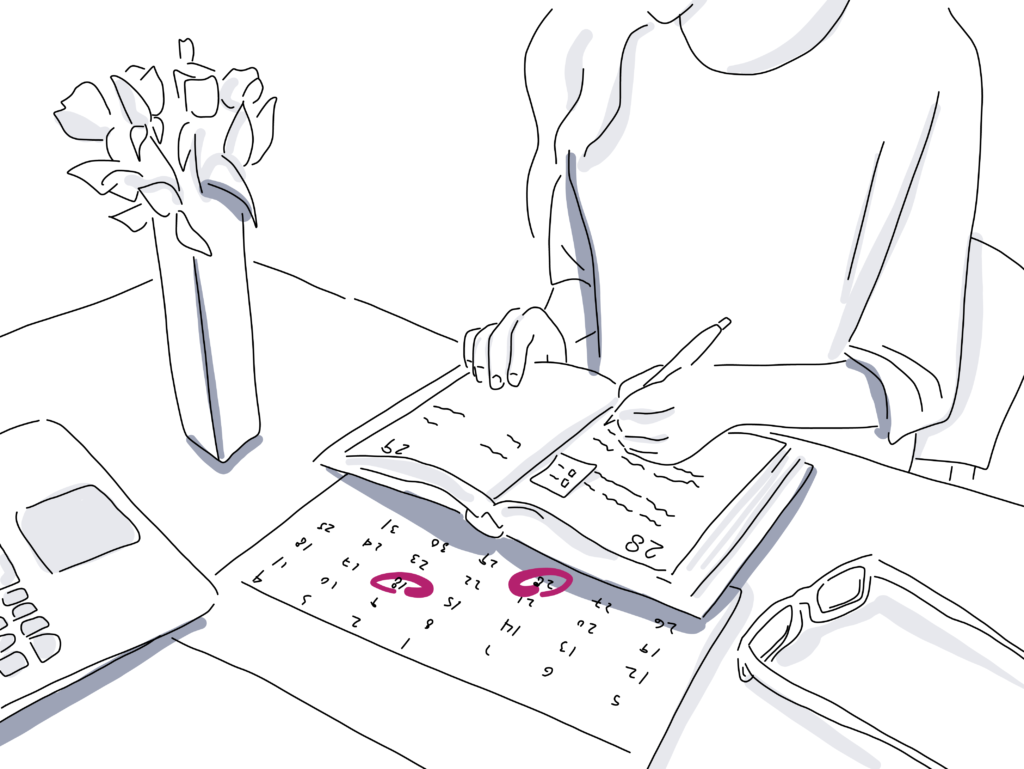
Be careful about design.
You’ll need a great design team to execute effective ads that paint your brand in an appealing light. From your event website to social media ads, each channel of promotion has to be aligned with your strategy and event theme, using the same branding solutions, colors, visuals, and logos.
If you want your ads to inspire desire or passion, you should use warm colors like red. On the other hand, you could use blue or grey tones to make the message inspire rational more tranquil emotions for professional audiences. If you’re using images, make sure not to display generic stock photos but real self-made images to make your ads stand out. All these tricks make the design better and more suitable for the specific goals of your event advertising campaign.
Check out how it all comes together in this ad example from Endless Entertainment.
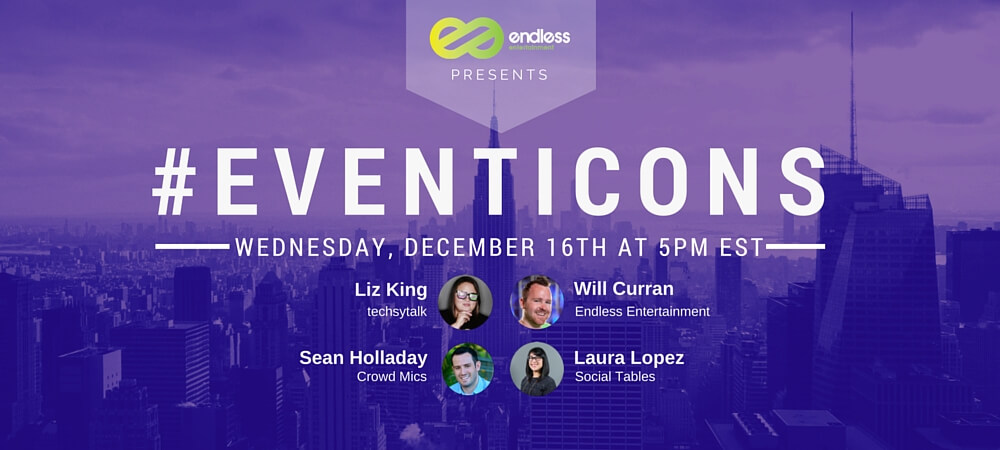
Write killer copy.
Once you know who you’re targeting and where, ad copy and design become the most important elements of event advertising. Copy can make or break your whole campaign is converting, so pay special attention to each one of the following aspects in each piece of marketing:
- Create an engaging title or headline: A title is the first thing that users notice, so it should be engaging, tease the content, and draw people in.
- Keep it short but captivating: Copy should answer basic questions according to the 5 Ws principle. However, you don’t want to ramble on and on. Make sure you’re addressing the needs of the audience in as few words as possible.
- Eye-catchy visual: Always add a beautiful image or a video to accompany your ad copy. (Make sure the two tie together!)
- Call to action: Your job is to convince people to take some action, so you need to avoid standard and boring CTA solutions like “register now.” Take a more exciting approach instead and try more engaging CTAs that inspire engagement:
- Count me in
- Let’s meet there
- I’m coming
- Join 10,000 others
Make your website your anchor.
A good event website is the anchor of an entire promotional campaign, so it has to be informative, inspiring, and well-designed. Besides event details and value propositions, a website should contain the list of all speakers along with their photos, topics, and bios.
We also suggest you add social proof. This is the easiest way to show that previous events were great and that you expect the same scenario to take place this time, too. Always add testimonials from real people (with real images!) who sound authentic in their feedback.
Additionally, don’t forget to make it user-friendly, from your website navigation all the way down to your buttons. And for added organic reach, you should also consider including links that let potential attendees easily spread the word on their social channels.
Don’t be afraid to send multiple emails.
Email marketing is still one of the strongest weapons in your arsenal when it comes to event promotion. You’re competing with lots of other emails in the average inbox, so don’t be afraid to send event details to your audience several times. The repetition can help you get noticed, but be careful as it can also have a negative effect if you go overboard with your cadence.
Send three to four times before the event but don’t stop adding new details, or reframing your message to drive renewed interest in what you have to say. If your email tool allows you to make your sends dynamic, send personalized emails, as personalized promotion delivers 6 times higher transaction rates than generic messages.
And remember, it’s never too soon to send out the announcement for your next event. This example from Consensus does a great job, announcing the following year’s event before the current year’s iteration event starts.
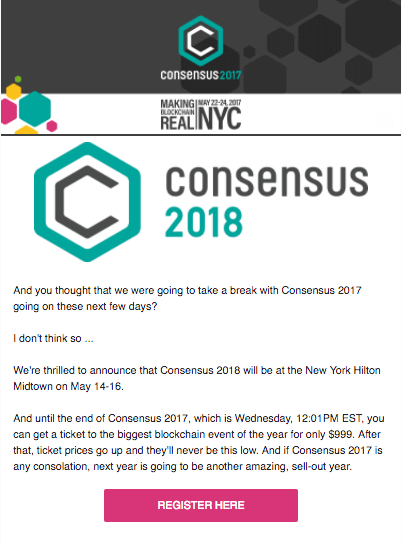
Promote through blogging.
Blog posts give you the opportunity to share relevant information about events, present all participants, and write convenient introductions about event themes. You can also publish teaser articles to grab the attention of potential visitors and give them a taste of the type of value attendees will get out of your event. Guest bloggers and event speakers could give you a hand in this segment of advertising by writing their own posts that you can then promote.
Bear in mind that blog posts need to have carefully planned SEO keywords to make them more discoverable organically. Even people who don’t know anything about your event should be able to find information about it through simple Google search. In that regard, you can use tools like Keyword Planner or SEMrush to help you find all niche-related words and phrases plus the number of hits they’re getting. This research will help you to increase the SEO potential of the blog and improve its search engine ranking.
Tweet it and tag it.
Twitter is the most efficient social channel when it comes to real-time reporting and monitoring trends. Launching a special hashtag campaign prior to your event, can be a great way to monitor the engagement levels and organic reach of your message. The more people who use your hashtag, the more you’ll increase your reach organically. You can append the hashtag to any post you put out, and retweet any time someone is using your hashtag:
- Reminding followers to register
- Posting a countdown tweet to drive urgency (3 days to¦)
- Mentioning and retweeting sponsors and special speakers
- Adding event photos from previous years
- Having speakers and influencers use your hashtag to extend reach
- Publishing notable quotes
Here’s an example from the pros at Dreamforce, the yearly conference from Salesforce.
Leveraging new IoT technology to build a Lego City? 💠It all happened at #DF17. pic.twitter.com/sH1Nb5M1Kp
” Dreamforce (@Dreamforce) February 2, 2018
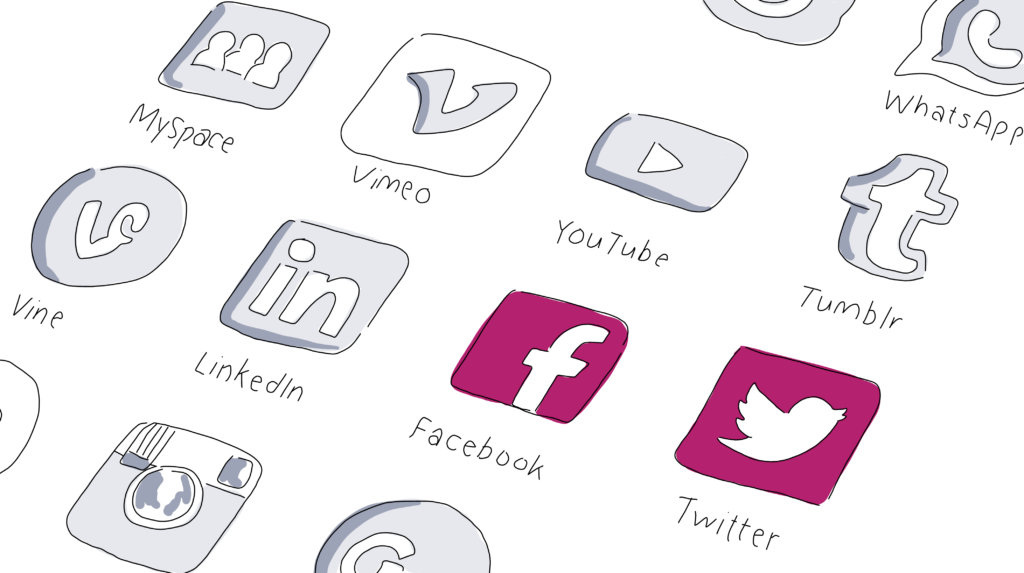
Follow up post-event.
With all of these advertising methods executed precisely, your event promotion strategy should attract plenty of registrations. However, you should still follow up across your channels to complete the project. Write a blog post summary and publish it along with attractive or funny event photos. Or, compile the most interesting conclusions into an email and send it your subscriber base ” even those who didn’t attend. And if you’re already planning for next year, don’t forget to announce ASAP.
[Tweet “Personalized promotion delivers 6 times higher transaction rates than generic messages.”]
Advertising is one of the key drivers of your event’s success, and with these 12 tips, your strategy is poised to fill venues and boost excitement. (Don’t forget to share back what’s working in the comments or on Facebook.)

